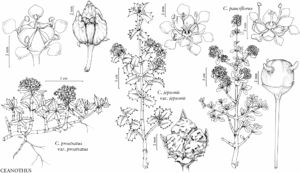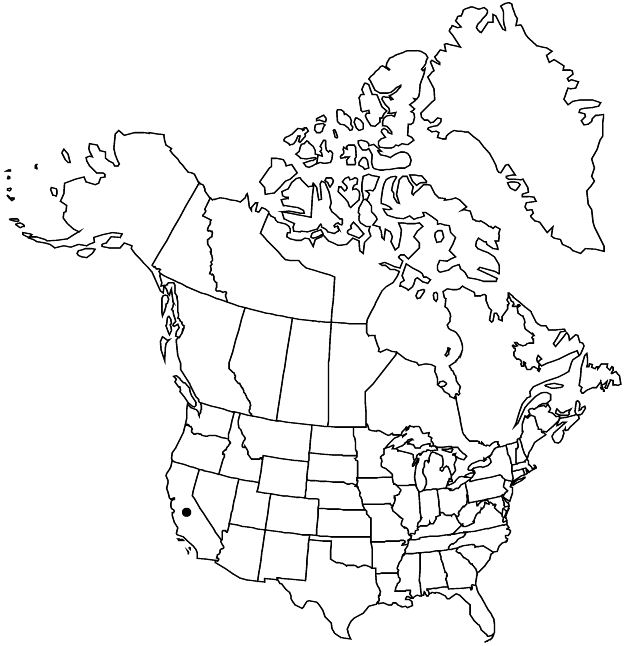Difference between revisions of "Ceanothus jepsonii var. jepsonii"
Selected by author to be illustratedEndemic
FNA>Volume Importer |
FNA>Volume Importer |
||
| Line 50: | Line 50: | ||
|publication year= | |publication year= | ||
|special status=Selected by author to be illustrated;Endemic | |special status=Selected by author to be illustrated;Endemic | ||
| − | |source xml=https://jpend@bitbucket.org/aafc-mbb/fna-data-curation.git/src/ | + | |source xml=https://jpend@bitbucket.org/aafc-mbb/fna-data-curation.git/src/f6b125a955440c0872999024f038d74684f65921/coarse_grained_fna_xml/V12/V12_768.xml |
|genus=Ceanothus | |genus=Ceanothus | ||
|subgenus=Ceanothus subg. Cerastes | |subgenus=Ceanothus subg. Cerastes | ||
Revision as of 18:20, 24 September 2019
Stems erect to ascending. Flowers: sepals and petals usually pale blue to lavender, rarely pink or white. Capsules globose. 2n = 24.
Phenology: Flowering Feb–Apr.
Habitat: Rocky serpentine slopes and ridges, chaparral.
Elevation: 200–800 m.
Discussion
Variety jepsonii occurs in the outer North Coast Ranges of California, from Mendocino County south to Marin County. Plants in one population from Marin County with five sepals and petals have been called Ceanothus decornutus V. T. Parker.
Selected References
None.
Lower Taxa
None.

